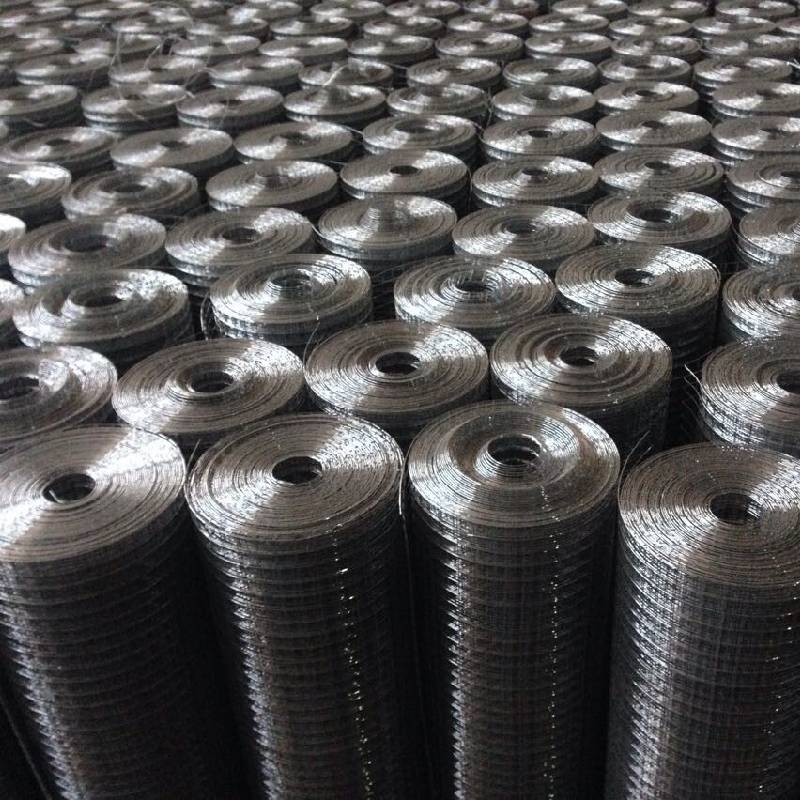
- Mobile Phone
- +8613931874955
- sales@cntcmetal.com
Horizontal Joint Reinforcement Techniques for Enhanced Structural Stability and Integrity in Masonry
Horizontal Joint Reinforcement An Overview
Horizontal joint reinforcement is an essential component in the construction and masonry industries, particularly when it comes to enhancing the strength and durability of brick and block walls. This reinforcement technique serves to improve the structural integrity of walls, preventing cracking and bowing over time due to various stresses.
The primary purpose of horizontal joint reinforcement is to provide support at the mortar joints between masonry units. It typically consists of steel bars or wire installed horizontally within the mortar joints during the construction process. This reinforcement acts like a tension member, distributing loads evenly and minimizing the risk of lateral movement or failure in the wall system.
One of the most significant advantages of horizontal joint reinforcement is its ability to withstand tensile forces. Masonry materials, such as brick and concrete blocks, are generally strong in compression but weak in tension. By incorporating horizontal joint reinforcement, builders enhance the tensile strength of the wall, significantly increasing its overall load-bearing capacity. This is particularly crucial in areas prone to seismic activity or high winds, where additional support can prevent catastrophic structural failures.
horizontal joint reinforcement

Furthermore, horizontal joint reinforcement helps control cracking. As buildings settle or experience thermal expansion and contraction, masonry walls can develop cracks. By providing horizontal stability, this type of reinforcement helps to mitigate and control the propagation of cracks, ultimately extending the lifespan of the masonry structure and maintaining its aesthetic appeal.
Installation of horizontal joint reinforcement is relatively straightforward, making it a cost-effective solution for builders. Typically, the reinforcement is laid in mortar joints at regular intervals, often every two to three courses of masonry. This design flexibility allows for adaptation to various building specifications and requirements, making it suitable for a wide range of construction projects.
In addition to its structural benefits, horizontal joint reinforcement can also play a role in energy efficiency. By reducing the likelihood of cracks, it can help maintain the thermal integrity of masonry walls, thereby improving insulation and energy performance. This contributes to a more comfortable indoor environment and can lead to lower heating and cooling costs over time.
In conclusion, horizontal joint reinforcement is a vital aspect of modern masonry construction. It enhances the structural integrity of walls, mitigates cracking, and contributes to the overall durability of buildings. As construction practices continue to evolve, incorporating such reinforcement techniques will remain essential for ensuring the longevity and safety of masonry structures. Whether in residential, commercial, or industrial applications, horizontal joint reinforcement is a key element in building resilient and reliable infrastructures.
share:
-
Yard Sign Stakes: Reliable Guardians of Outdoor SignsNewsAug.04,2025
-
Wall Ties: Invisible Guardians of Building StabilityNewsAug.04,2025
-
Resilient Web: The Super Guardian Power of Concrete MeshNewsAug.04,2025
-
Masonry Accessories: A versatile assistant on building foundationsNewsAug.04,2025
-
Iron Binding Wire: the 'invisible reinforcement specialist' in the fields of architecture and industryNewsAug.04,2025
-
Dynamic Spring: The diverse functions and excellent performance of Wire Tension SpringNewsAug.04,2025
-
Your Source for Concrete Wall Ties and Masonry AccessoriesNewsJul.10,2025



















